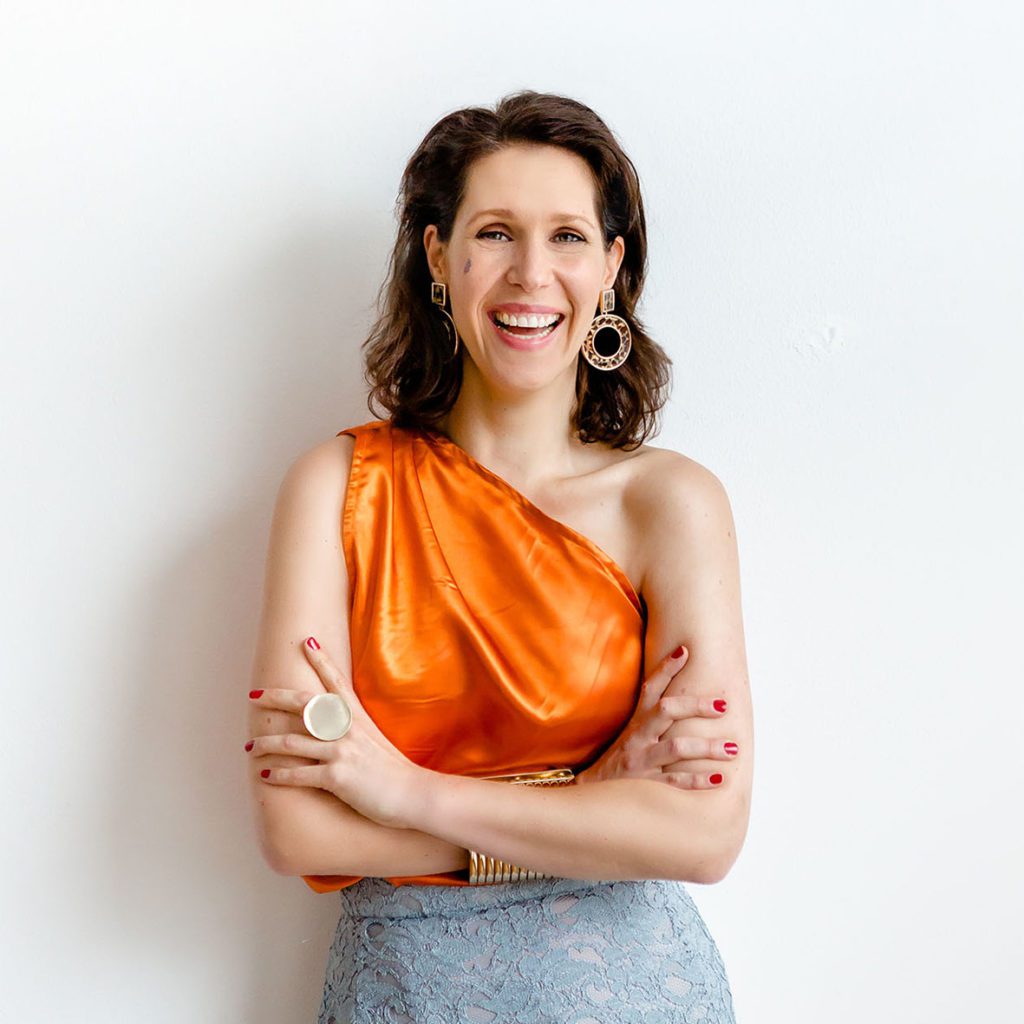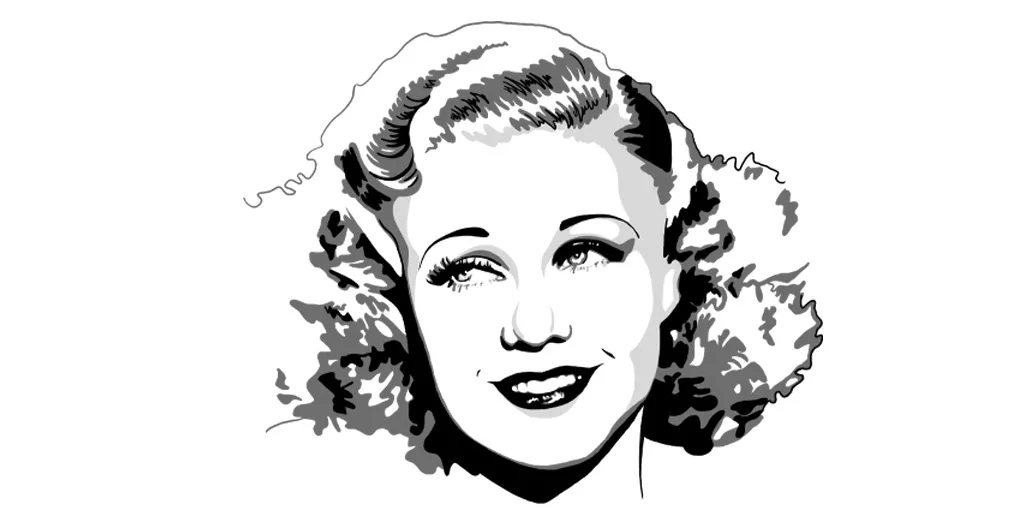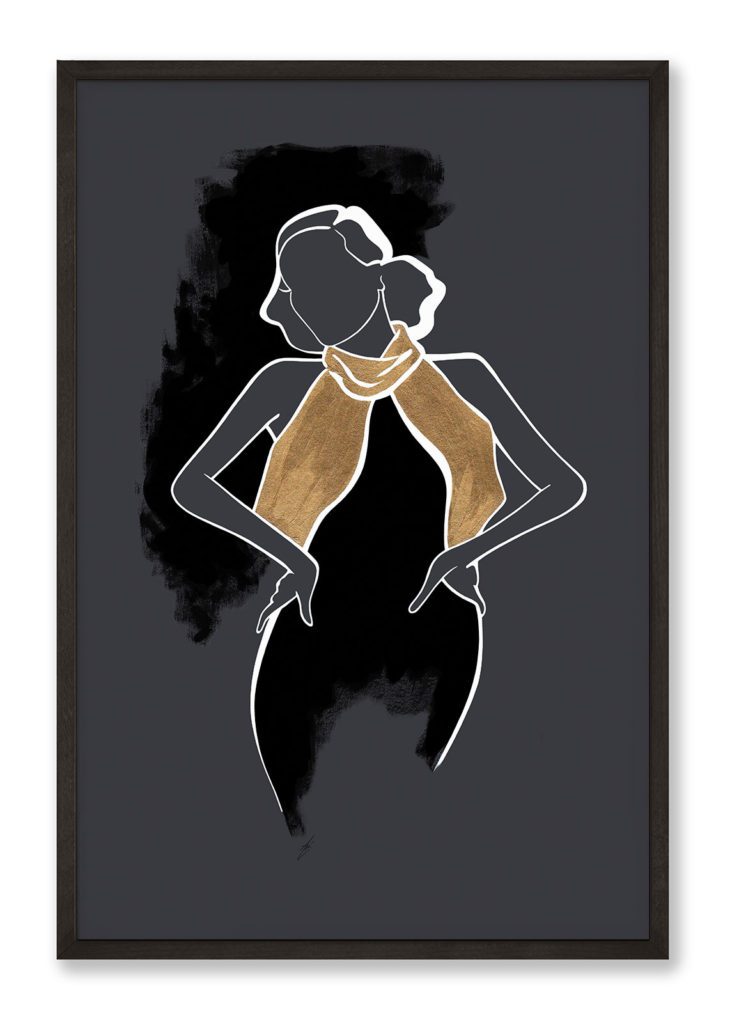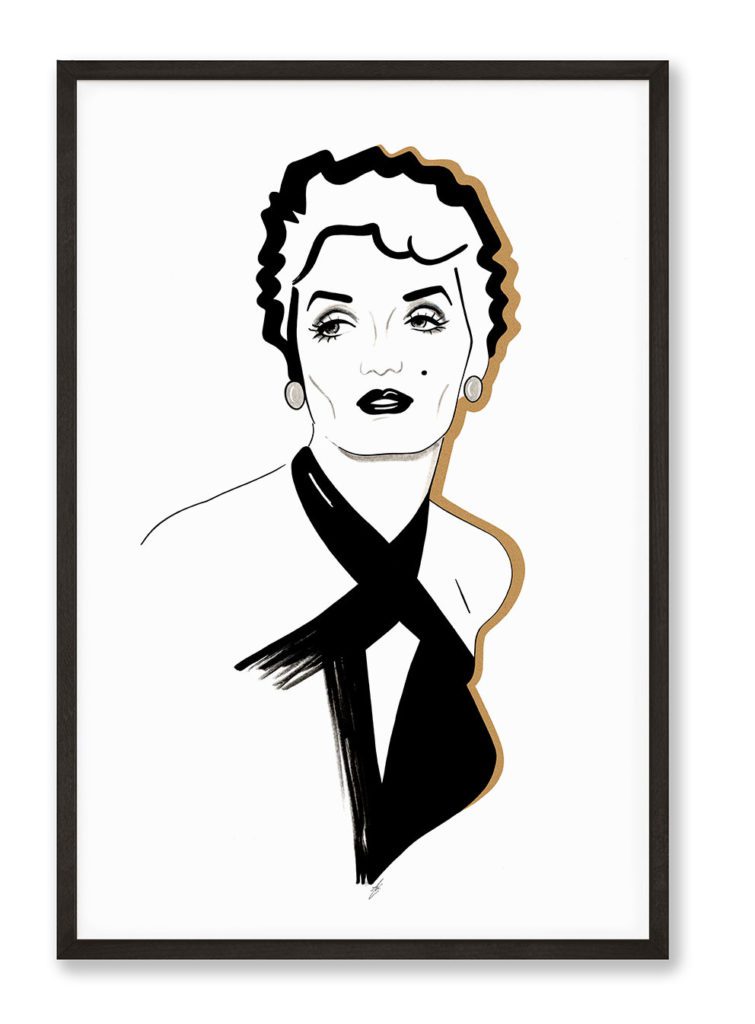Lucy, Lady Duff-Gordon
The couturier to aristocracy, theatre and Old Hollywood




Hi, I'm Kat!
What I am most passionate about is to inspire you to see that your life is your own and biggest masterpiece.
Lucy, Lady Duff-Gordon would be one of the first fashion designers to define glamour in the new world of Old Hollywood. Together with her sister Elinor Glyn, she helped shape the allure and fascination of the early years of American cinema.
LISTEN TO THE PODCAST
SUBSCRIBE TO THE PODCAST
Beginnings
Lucy’s parents were Douglas Sutherland, a civil engineer and the Anglo-French Canadian Elinor Saunders. Lucy and her sister were born in London, England, moved to Canada und were eventually raised in their grandmother’s home in Guelph Ontario when their father died from to typhoid fever when working on a tunnel construction in Turin, Italy.
Grandmother Saunders had spent her youth mainly in Dublin and Paris and had learned the ways of high society. She had met her husband in Paris and emigrated with him to Canada where they built a ranch in the wilderness and had eight children. Elinor Saunders returned to her mother’s home with her two girls Lucy and Elinor when being widowed at age 23. Grandmother Saunders intended to raise the two girls for appearing in high society and taught them all the finer things that were important back then, for example that a lady of high society never shows emotions, that she will be cheery and witty no matter the circumstances, that she dresses up in her finest clothes for dinner. Lucy, who was the older one, actually hated the strict rules and ran around with the boys – she was the wild one.
When their mother married David Kennedy and moved them all the way to Scotland, their world changed. Soon they would relocate to the isle of Jersey and here, another crucial element for the lives of the two sisters, got evident: Their absolute detest of the Victorian ideal of wifely duty. They saw their mother tend to their stepfather like an obedient slave with no emotion or love exchanged. They would definitely not live a life like that .
The two sisters were exceedingly bright and always the best dressed, because Lucy had great dressmaker skills already at a young age. When she did not roam about with the boys, she made beautiful dresses for herself and Elinor. She had an ever-growing collection of fashion dolls, and liked to study the clothing in family portraits.
Lucy left Jersey early on to escape the tyrant that David Kennedy was and stayed with relatives in London There, she married wine merchant James Wallace, but was incredibly unhappy about the marriage. They had a baby within a year, but James was mostly absent and drunk.
Lucy’s start in the fashion business
Eventually, Lucy decided to divorce her philandering husband when he went off with a dancer. It was quite new for women to be able to divorce at that time, but even now it was not only time-consuming and costly, it was almost always destroying the woman’s reputation.
Nevertheless, Lucy set her sight on establishing a fashion business as a single mother. At the beginning, she worked under the name of Mrs. James Wallace in Mayfair out of a tiny flat, cutting garments on the floor. Ironically, the money that was used to establish the business was the inheritance her mother received after the cruel stepfather’s death. Lucy was absolutely confident in her skills as a dressmaker – the tricky part was to get the women of high society to know about her and buy the dresses.
Her first real entrance as a dress-maker to high society was her sister’s marriage to Clayton Glyn as Lucy had designed Elinor’s wedding gown. Her little daughter Esmé was the flower girl flattening the train of the dress. One of Lucy’s trademarks was the use of color, the mix of different eras and flowy designs. So, right after the wedding, her order books started to fill up with the guests from the wedding. Her start was a success.
She counted sister Elinor Glyn as a client, but also Daisy, Countess of Warwick, her half-sister Angela, Lillie Langtry, and the great society hostess Mrs. Willie James. Additionally, Lucy conquered the stage as a costume designer, dressing her sister and other actors for the play „Diplomacy“, that Lady Daisy’s stepfather brought to the stage. Everybody was shocked by Lucy’s creations as they had bold colors, flamboyant eroticism and quite realistic looks compared to the stiff fake costumes that had been used in theatres up til then. This led to other theatre engagements to capture the erotic narrative of plays.
Lucy gained great success for her work for the operetta „The Merry Widow“ in 1907 – Lucy basically had turned the un-known actress Lily Elsie into a star. Lucy had been tasked by the operetta’s producer to design her clothes, but also to turn her into a leading lady with how she held herself, how she moved, how she showed up. His words according to Lucy’s autobiography: “She [Elsie] has never done anything to speak of… but I know she is clever… You must give her a personality, and coach her so that she can keep it up.”
Which Lucy did successfully. Early 20th-century fashion designer Lucile designed the costumes (including the plumed hats that became an extraordinary fad) and thereafter used Elsie to promote her fashions, designing her personal clothes and costumes for several of her other shows. Lucy later wrote about her encounter with Lily Elsie:
““I realised that here was a girl who had both beauty and intelligence but who had never learnt how to make the best of herself. So shy and diffident was she in those days that a less astute producer than George Edwardes would in all probability have passed her over and left her in the chorus.””
(which shows that Elinor and Lucy were sisters – they both were great at transforming a woman into the highest and most glamorous version of herself)
In 1914, Lucy would write an article for Harpers’ Bazaar called “Stage dressing demands accentuation!” In it, she explains her design choices: “The actress moves under special conditions of light that exist nowhere else and under auditory conditions as well…. her dresses have to be of broader effect and more vivid coloring”
The start of an empire
Finally, after divorcing James Wallace, Lucy wed her business partner Sir Cosmo Duff-Gordon. He was an Olympic fencer and a wealthy nobleman. He helped Lucy set up Lucile Ltd. in Hanover Square.
Lucy also developed her artistic identity. She dressed in ropes of pearls, tall Russian boots, simple black smock and a walking stick. She embodied the eccentric and commanding creative artists that was to rule the fashion of society’s highest circles. Her approach was different than other couturier’s: Yes, she took into account the customer’s figure, face, colours and preferences, but she went one step further. She promised that her dresses would make the wearer appear like one of the stars of the theatre, those admired for their beauty and charisma by millions. She gave the gowns names that expressed the individuality of each woman, tailored to her wishes. As Lucy was a very sought-after lingerie designer, some of her creations had names like „The Sighing Sound of Lips Unsatisfied“ or „It’s All in Knowing How“.
What Lucy would be remembered for fashion-wise were the introduction of slit skirts and low necklines, less restrictive corsets, as well as alluring and pared-down lingerie. What made her gowns immediately recognisable to female audiences were her use of sheer fabrics, pale colors, soft drapery, dramatic asymmetrical effects, and tiny, hand-wrought silk flowers as trimming which became hallmarks of the ultra-feminine.
Another first for Lucy was that she was the pioneer of modern fashion shows with charismatic models. She built the first ever catwalk and arranged it like a theatre production with lighting and music – invitations to this show were handwritten.
Lucy’s wealthy clientele by that time included aristocracy, royalty, and theatre stars. She would open a New York branch of Lucile in 1910 to serve the US audience as well.
The Titanic
When Lucy, Lady Duff-Gordon and her husband Cosmo set foot on the Titanic on April 11, 1912, she was probably the most photographed and quoted couturier of the time, a self-made woman with an eccentric flair.
When disaster struck and the Titanic’s sinking unavoidable, Lucy was one of the 12 people in Lifeboat number 1 that was actually capable of holding 40 people and its passengers were were mostly men (10 to be exact), although the Victorian ideal would have been children and women first.
Lucy got seasick almost instantly on the small boat and vomited all over coat. And when the Titanic sunk before her very eyes, she lost consciousness and was only occasionally awake vomiting from sea-sickness.
But scandal arose from the lucky incidence of having survived.
Their hardly filled lifeboat did not return to get any more survivors on board. Which the press blamed on Cosmo Duff-Gordon. He had promised the sea men 5 Pounds as they had lost all their livelihood during the disaster – others saw it as a bribe to not row back and save others. During the hearing the man in charge of the boat did say that it was his reasoning not that of the passengers. He basically said that it would have been suicide as a drowning man will cling to anything and they would have capsized the boat. Still, the public picked Cosmo Duff-Gordon for this tragic incident for the remainder of his life, which would put incredibly strain on the marriage.
Lucy, on the other hand, also a trauma victim of the situation, came out unscathed of the scandal with her business Lucile running better than ever in the New York boutique she had opened. Lucy turned her back on England that had treated her and her husband so badly and stayed in the US, mostly without Cosmo, who retreated in to this Scottish estate rather.
Lucy actually had another close encounter with a sinking ship. Three years after the sinking of the Titanic, she had booked a trip on the RMS Lusitania but had to cancel because of sickness. Luck for her, as the Lusitania was sunk by a German Torpedo.
International Success
The opening of the Parisian branch of Lucile became another great success with visiting Americans, celebrities and the demimonde (which means those in the half-shadows, the mistresses of high-society, actresses and dancers mainly). Eventually, the opening of her fourth full-scale branch in Chicago meant that she was the first leading couture house to do so.
Lucy sought the spotlight and flourished in it. She also had columns on her latest styles in Harper’s Bazaar, Good Housekeeping and Hearst’s newspapers, a weekly spot on the British newsreel “Around the Town” between 1919 and 1921 and a fashion advice column called “Letters to Dorothy” for the London Daily Sketch from 1922-1928. She even had her designs included in the special catalogues of Sears.
But, she also went for the glamour and glitz of the American theatre when dressingthe Ziegfeld Follies revues on Broadway and eventually the movie scene – adapting her costumes to suit the screen’s demands. She worked with celebritie like Irene Castle, Billie Burke, and Mary Pickford, Constance and Norma Talmadge, Clara Kimball Young, Pearl White, Corinne Griffith, Gloria Swanson, and Marion Davies. She also clad the First Lady of American Cinema, Lilian Gish, in her role in “Way down East” – remember, the one from which Gish would have lasting nerve damage to her fingers (if you don’t know what I’m talking about, head over to the episode on Lilian Gish, linked in the shownotes). One anecdote in which she is mentioned is from Hedda Hopper. Apparently, when Hopper was starring in “Virtuous Wives” in 1918, Hopper decided to upstage the better known headliner Anita Stewart by spending all of her salary of $5000 on fashion from Lucile’s New York branch. That would be
Lucy contributed costumes to more than eighty films, causing Motion Picture Magazine in 1916 to remark: “Nowadays it is an everyday affair for a prominent actress to blossom forth in a Lucile frock”
Particular to Lucile was that she translated her knowledge of the theatre stage to the new medium of movies, designing her dresses and suits in a way that would benefit the narrative of the story and adapt to the technical requirements. She would, for example do the same dress in two colours to make sure it would translate well to the screen in different lighting situations (remember: this is black and white).
In 1918, Lucy designed costumes for “The Reason Why”, which starred Clara Kimball Young, This was a film based on a novel written by her sister Elinor Glyn. Just as much as Lucy would help to define femininity through her fashion, her sister as a novelist, writer and producer in Hollywood would bring to the world the concept of “IT” as well as the original IT Girl, Clara Bow.
In addition, Lucile’s New York and London salons provided the setting for several motion pictures in which fashion show scenes were filmed. These included: The American Princess (Kalem, 1913), The Whirl of Life (Cort Film, 1915), The Spendthrift (George Kleine, 1915), The Amateur Wife (Famous Players-Lasky, 1920), and Walls of Prejudice (Gaumont, 1920).
Besides her career as a dressmaker, designer and journalist Lucy took significant advantage of opportunities for commercial endorsement. She lent her name for the advertising for bras, perfume, shoes, and other luxury apparel and beauty items. She even ventured into the automotive industry when she sealed a contract to design interiors for limousines and town cars for the Chalmers Motor Co., later Chrysler Corporation (1917).
She was almost as well-known as her clients as the „greatest creator of fashions in the world“, who would always have young and handsome assistants in tow. Exactly these „boys“ would be the reason for Lucy and Cosmo to end their personal relationship, if not her professional business relationship.
At this time, she already had created a creative business with many artists drawing many of her designs for lingerie and dresses.
An empire crumbles
But, Lucy eventually ran out of luck during World War I as most of her branches had to close down. Additionally, Sear’s had ended their deal and she had lost a lawsuit so now her former agent. Otis Wood was now allowed to use her name. And – the hardships of war now favoured a more classic and simple elegance as emerging Coco Chanel was proving capable of. On top of that, a new bevy of dressmakers and costume designers who all started out together with Lucy in the Hollywood scene, like Travis Benton, Gilbert Adrian or Clare West took over as employees of the big studios.
So, Lucy staged a fund raiser fashion show for her sister to aid French refugees which was a success and led to an invitation to dress a 25-week tour through the US. Although she had received similar offers before, she now accepted. The public thought to donate her earnings, but probably she needed them herself. On top of that, when Lucile Ltd. was being restructured, it became evident that Lucy hadn’t designed the dresses herself for a long time but others had done so. The company went bankrupt shortly after.
Lucy then made the move to Paris and did just what she had done when she started out: Making clothes for individual clients out of her home. Her life came full circle. In 1935, Lucy died 4 years to the day after Cosmo in a hospital in London from breast cancer.
With all my love!
xx






